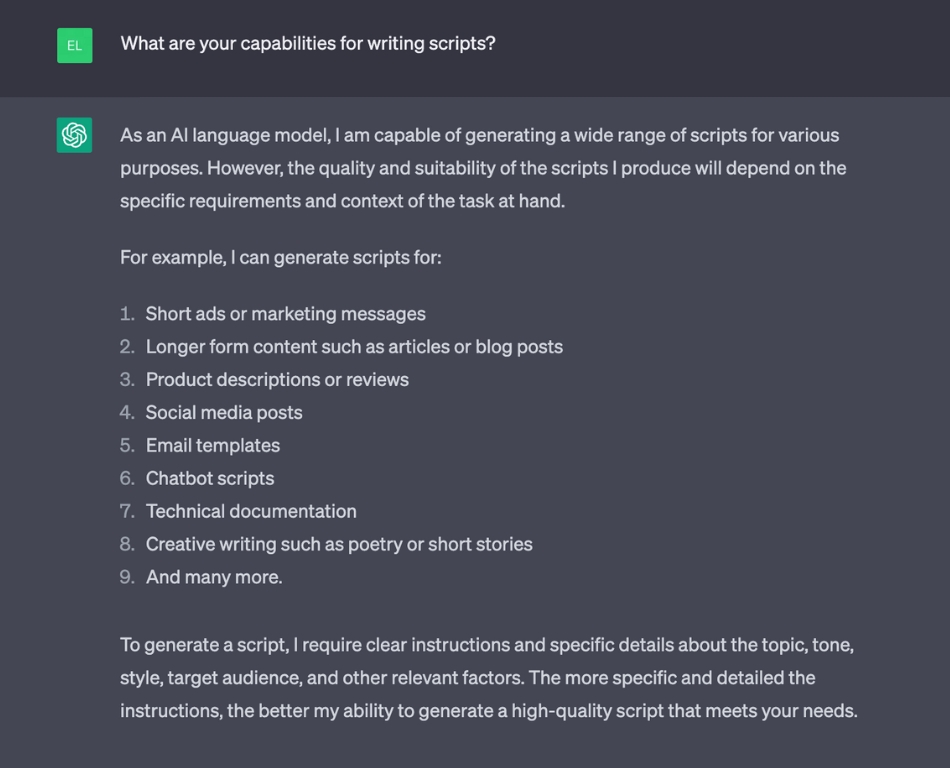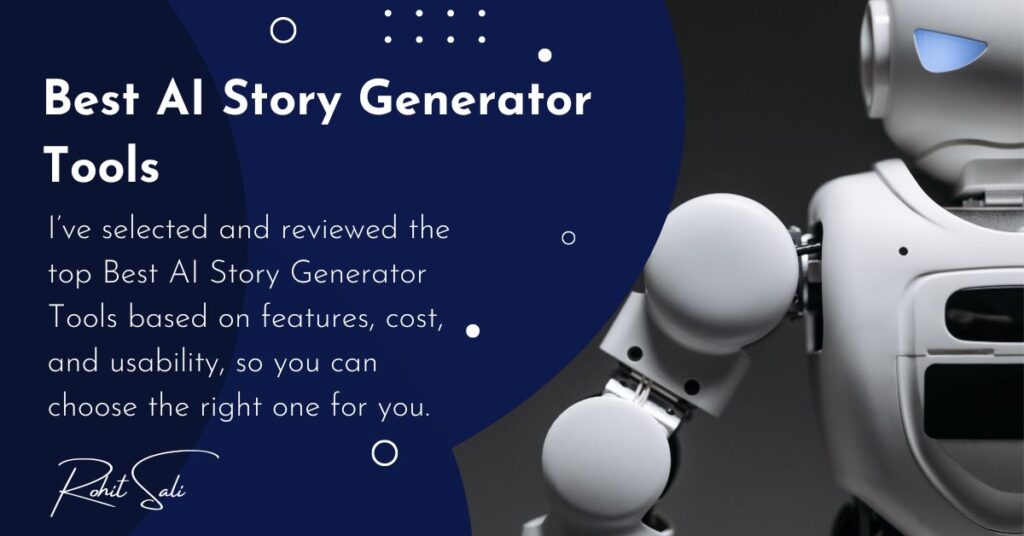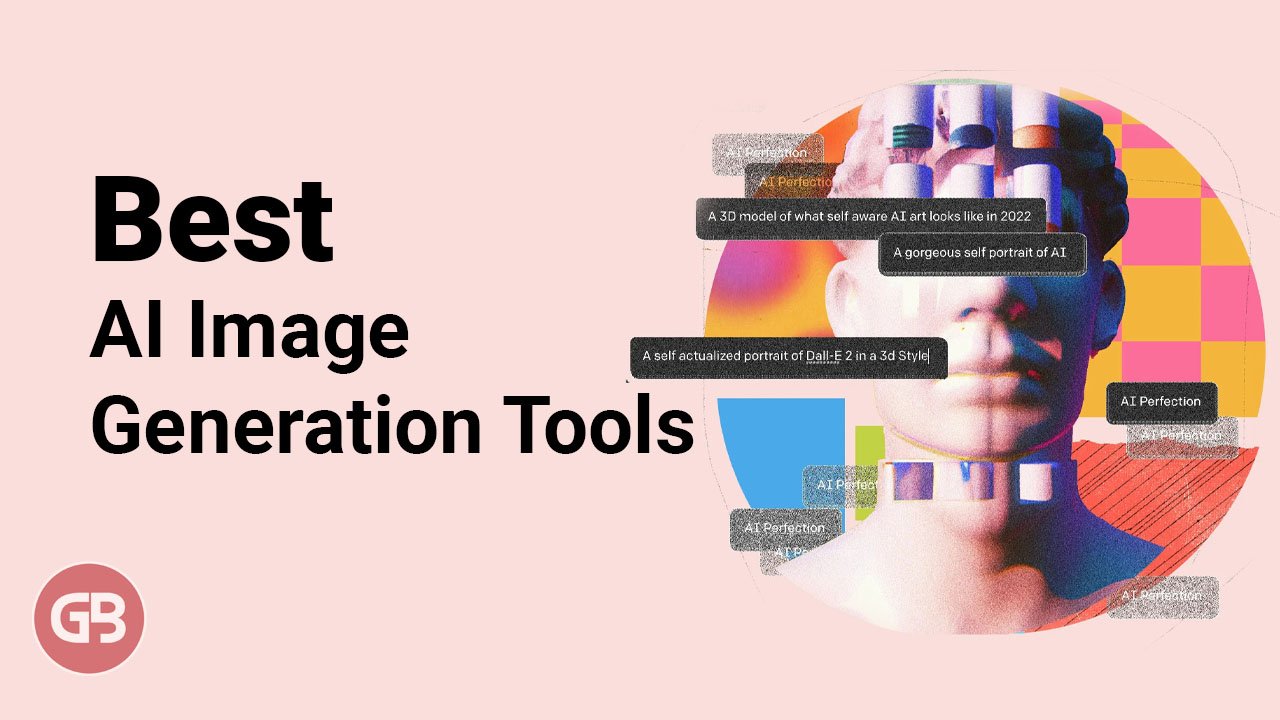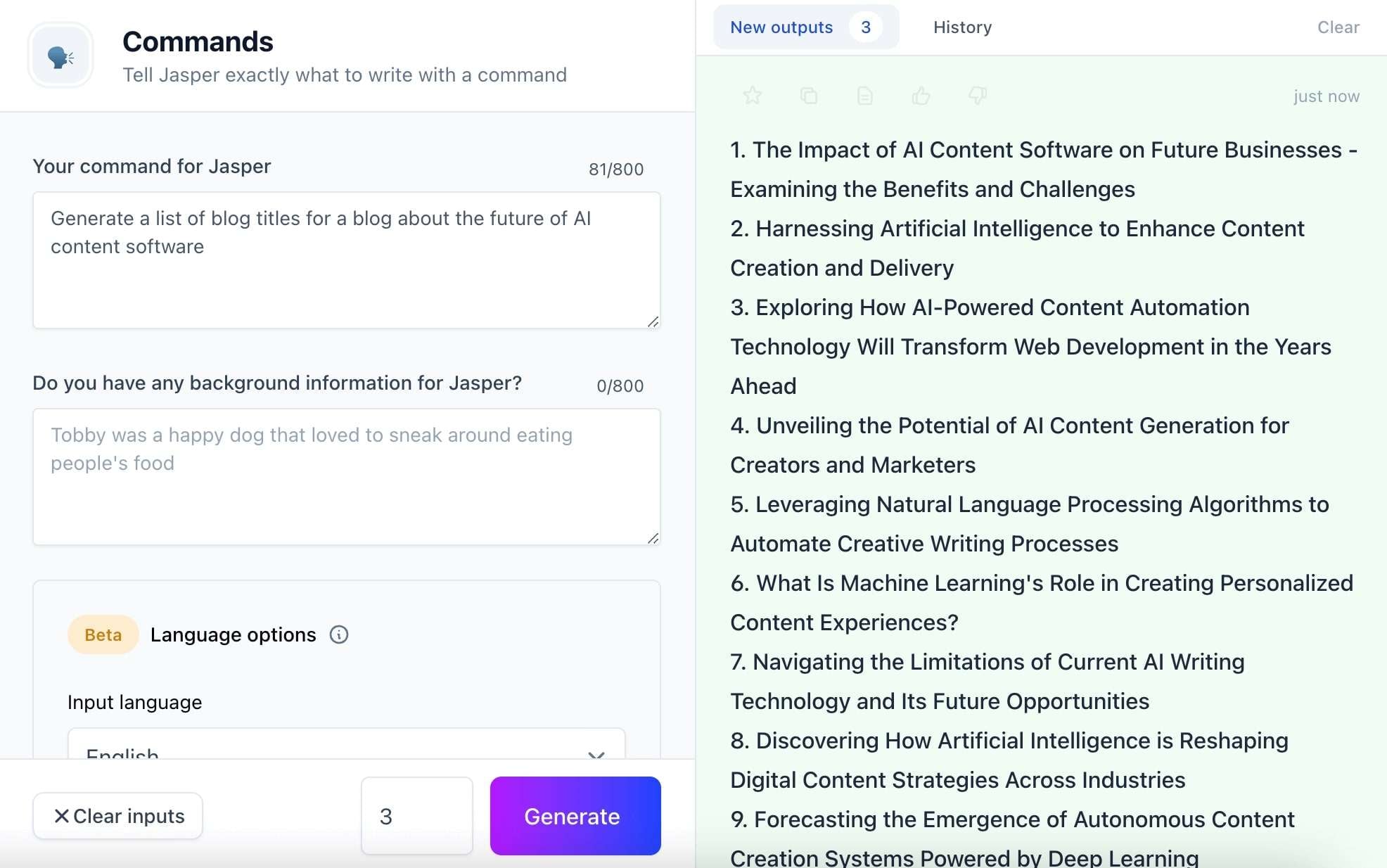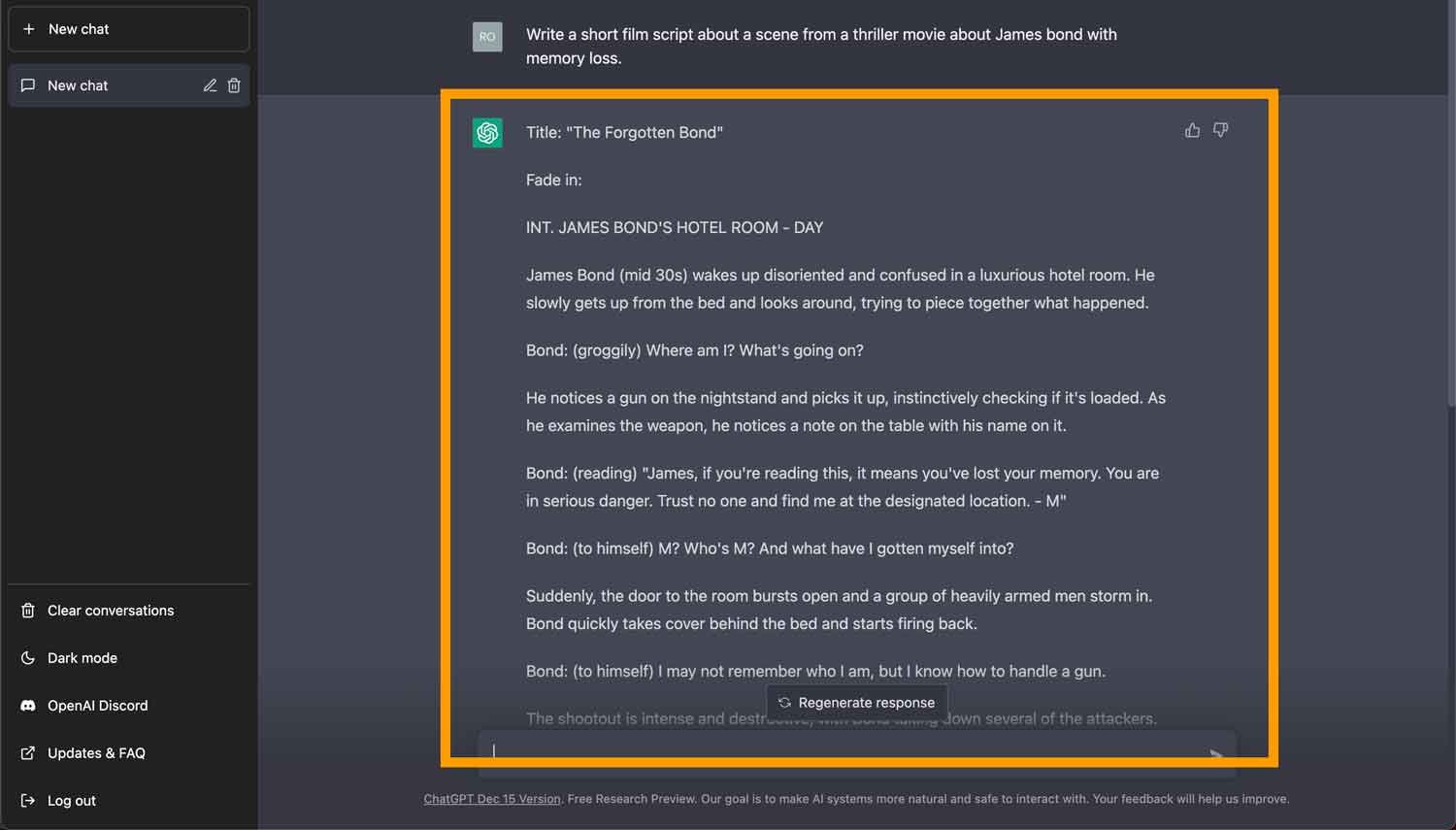How to Harness AI Scripts for Crafting Compelling Short Stories
The integration of artificial intelligence (AI) in creative writing has revolutionized the way stories are generated. AI scripts for generating short stories have become increasingly popular among writers, offering a range of benefits that enhance the writing process. By leveraging AI technology, writers can increase their productivity, creativity, and efficiency, ultimately producing high-quality content in a shorter amount of time.
One of the primary advantages of using AI scripts for short story generation is the ability to overcome writer’s block. AI algorithms can analyze vast amounts of data, identify patterns, and generate new ideas, helping writers to break through creative barriers. Additionally, AI scripts can assist writers in exploring new genres, styles, and themes, allowing them to experiment with different forms of storytelling.
The use of AI scripts for generating short stories also enables writers to focus on the creative aspects of writing, such as character development, plot structure, and dialogue. By automating the more mundane tasks, such as research and data analysis, writers can devote more time to crafting compelling narratives that engage and captivate their audience.
Furthermore, AI scripts for short story generation can help writers to identify and develop their unique writing style. By analyzing the writer’s previous work, AI algorithms can detect patterns and characteristics that define their writing voice, allowing them to refine and enhance their style.
As the use of AI scripts for generating short stories continues to grow, it is essential for writers to understand the potential benefits and limitations of this technology. By embracing AI as a tool, rather than a replacement, writers can unlock new levels of creativity, productivity, and innovation in their work.
The Science Behind AI-Powered Story Generation
The development of AI scripts for generating short stories relies heavily on the integration of natural language processing (NLP), machine learning algorithms, and data analysis. NLP enables AI systems to understand and interpret human language, allowing them to generate coherent and engaging narratives. Machine learning algorithms, on the other hand, enable AI systems to learn from vast amounts of data and improve their performance over time.
Data analysis plays a crucial role in AI-powered story generation, as it allows AI systems to identify patterns and relationships within the data. This information is then used to generate new ideas, characters, and plotlines that are consistent with the input data. By combining NLP, machine learning algorithms, and data analysis, AI scripts for generating short stories can produce high-quality content that is both engaging and coherent.
The use of AI scripts for generating short stories also relies on the concept of neural networks. Neural networks are complex systems that mimic the structure and function of the human brain, allowing AI systems to learn and adapt in a more human-like way. By using neural networks, AI scripts for generating short stories can produce content that is more nuanced and sophisticated, with a deeper understanding of the complexities of human language and behavior.
Furthermore, AI scripts for generating short stories can be fine-tuned to produce content that is tailored to specific genres, styles, and themes. By adjusting the input parameters and training data, AI systems can generate content that is consistent with the desired output, whether it be a romance novel, a science fiction story, or a horror tale.
Overall, the science behind AI-powered story generation is complex and multifaceted, relying on the integration of NLP, machine learning algorithms, data analysis, and neural networks. By understanding these underlying technologies, writers can better appreciate the potential of AI scripts for generating short stories and explore new ways to collaborate with AI systems in the creative writing process.
Top AI Tools for Short Story Generation: A Review
With the rise of AI scripts for generating short stories, several tools and software have emerged to cater to the needs of writers. In this section, we will review some of the top AI tools for short story generation, including AI Writer, StoryFit, and Content Blossom.
AI Writer is a popular AI tool that uses natural language processing (NLP) and machine learning algorithms to generate high-quality short stories. It offers a range of features, including customizable prompts, genre-specific writing styles, and a user-friendly interface. AI Writer is available as a web-based application and offers a free trial, with pricing starting at $29.99 per month.
StoryFit is another AI tool that uses machine learning algorithms to analyze and generate short stories. It offers a range of features, including character development, plot structure, and dialogue generation. StoryFit is available as a web-based application and offers a free trial, with pricing starting at $49.99 per month.
Content Blossom is a comprehensive AI tool that offers a range of features for short story generation, including idea generation, character development, and plot structure. It uses NLP and machine learning algorithms to generate high-quality content and offers a user-friendly interface. Content Blossom is available as a web-based application and offers a free trial, with pricing starting at $99.99 per month.
When choosing an AI tool for short story generation, it’s essential to consider factors such as pricing, features, and user reviews. Each tool has its strengths and weaknesses, and the right choice will depend on the individual writer’s needs and preferences. By exploring these top AI tools, writers can find the best fit for their creative writing needs and unlock the potential of AI scripts for generating short stories.
Getting Started with AI Scripts: A Step-by-Step Guide
Using AI scripts for generating short stories can seem daunting, especially for those new to AI-assisted writing. However, with a step-by-step guide, writers can quickly get started with using AI scripts to enhance their creative writing process.
Step 1: Choose an AI Tool
The first step is to choose an AI tool that suits your needs. Popular AI tools for short story generation include AI Writer, StoryFit, and Content Blossom. Each tool has its unique features, pricing, and user reviews, so it’s essential to research and compare them before making a decision.
Step 2: Set Up the Software
Once you’ve chosen an AI tool, set up the software by following the installation instructions. Most AI tools offer a user-friendly interface, so you can easily navigate the software and start using it right away.
Step 3: Input Prompts
The next step is to input prompts into the AI tool. Prompts can be in the form of keywords, phrases, or even entire paragraphs. The AI tool will use these prompts to generate a short story that meets your requirements.
Step 4: Customize Output Settings
Most AI tools allow you to customize output settings, such as genre, tone, and style. You can also adjust the length of the story, the number of characters, and the level of complexity.
Step 5: Review and Edit
Once the AI tool has generated a short story, review and edit the content to ensure it meets your requirements. You can make changes to the story, add or remove characters, and adjust the plot to suit your needs.
Tips for Getting the Most Out of AI-Assisted Writing
To get the most out of AI-assisted writing, it’s essential to experiment with different prompts, genres, and styles. Don’t be afraid to try new things and push the boundaries of what’s possible with AI scripts for generating short stories.
Additionally, consider combining AI-generated content with your own writing to create a unique and engaging story. This will not only enhance your creative writing process but also add a human touch to the AI-generated content.
Overcoming the Limitations of AI-Generated Content
While AI scripts for generating short stories have made significant progress in recent years, there are still limitations to consider. One of the primary concerns is the lack of originality in AI-generated content. Since AI scripts rely on existing data and patterns, they may not be able to create entirely new or innovative ideas.
Another limitation is the inconsistent tone and style of AI-generated content. While AI scripts can mimic certain styles or genres, they may not be able to capture the nuances and complexities of human writing. This can result in content that feels flat or unengaging.
Additionally, AI-generated content may lack emotional depth and resonance. While AI scripts can analyze and generate text based on patterns and data, they may not be able to capture the emotional complexity and subtlety of human experience.
To overcome these limitations, writers can use a combination of human creativity and AI analytical capabilities. By using AI scripts as a starting point or inspiration, writers can add their own unique perspective, style, and emotional depth to the content.
Strategies for Overcoming Limitations
There are several strategies that writers can use to overcome the limitations of AI-generated content. One approach is to use AI scripts as a starting point, and then add their own creative input and editing to refine the content.
Another approach is to use AI scripts to generate ideas or prompts, and then use human creativity to develop and expand on those ideas. This can help to add originality and emotional depth to the content.
Finally, writers can use AI scripts to analyze and refine their own writing, rather than relying solely on AI-generated content. By using AI tools to identify areas for improvement and suggest revisions, writers can create more engaging and effective content.
Real-World Examples of AI-Generated Short Stories
AI scripts for generating short stories have been used to create a wide range of stories, from science fiction to romance. Here are a few examples of successful short stories generated using AI scripts:
“The Last Memory” is a short story generated using AI Writer, a popular AI tool for short story generation. The story is a poignant exploration of a world where memories can be implanted, edited, and even stolen. The AI-generated story is a powerful example of how AI can be used to create compelling and emotionally resonant narratives.
“The Island of Lost Things” is another example of an AI-generated short story, this time created using StoryFit. The story is a haunting tale of a mysterious island where lost objects from throughout history have washed up. The AI-generated story is a masterful example of how AI can be used to create atmospheric and engaging narratives.
What makes these stories effective is their ability to tap into the reader’s emotions and imagination. The AI-generated stories are able to create a sense of wonder and curiosity, drawing the reader into the world of the story.
Analysis of AI-Generated Stories
When analyzing AI-generated stories, it’s clear that they have a unique set of characteristics that set them apart from human-generated stories. One of the key differences is the use of language and syntax. AI-generated stories often have a more formal and structured tone, which can make them feel more polished and refined.
Another key difference is the use of plot and narrative structure. AI-generated stories often have a more linear and predictable narrative structure, which can make them feel more straightforward and easy to follow.
However, AI-generated stories also have their own set of limitations and weaknesses. One of the key limitations is the lack of emotional depth and resonance. While AI-generated stories can be engaging and atmospheric, they often lack the emotional complexity and nuance of human-generated stories.
The Future of Creative Writing: Human-AI Collaboration
The integration of AI scripts for generating short stories is poised to revolutionize the literary landscape. As AI technology advances, the potential for human-AI collaboration in creative writing is becoming increasingly evident. This synergy can unlock new levels of creativity, productivity, and innovation in the writing process.
Human-AI collaboration can take various forms, from using AI as a writing assistant to generate ideas and outlines, to employing AI as a co-author to develop and refine narratives. By combining the strengths of human creativity with the analytical capabilities of AI, writers can create more complex, nuanced, and engaging stories.
One of the primary benefits of human-AI collaboration is the ability to overcome the limitations of AI-generated content. While AI scripts can produce coherent and well-structured stories, they often lack the emotional depth and originality that human writers bring to the table. By working together, humans and AI can create stories that are both technically sound and emotionally resonant.
Another advantage of human-AI collaboration is the potential for increased productivity and efficiency. AI can assist with tasks such as research, organization, and editing, freeing up human writers to focus on the creative aspects of storytelling. This can lead to a significant reduction in writing time and an increase in overall output.
Furthermore, human-AI collaboration can enable writers to explore new ideas and styles that they may not have considered before. AI can analyze vast amounts of data and generate suggestions for plot twists, character developments, and themes that human writers may not have thought of on their own.
As the use of AI scripts for generating short stories becomes more widespread, it is likely that we will see a new generation of writers emerge who are skilled in both human and AI collaboration. These writers will be able to harness the power of AI to enhance their creativity, while also bringing a unique human perspective to their work.
Ultimately, the future of creative writing lies in the intersection of human and AI collaboration. By embracing this synergy, writers can unlock new levels of creativity, productivity, and innovation, and produce stories that are more engaging, nuanced, and emotionally resonant than ever before.
Conclusion: Embracing the Potential of AI Scripts in Short Story Generation
In conclusion, the use of AI scripts for generating short stories has the potential to revolutionize the writing process. By harnessing the power of artificial intelligence, writers can increase their productivity, creativity, and efficiency, while also overcoming writer’s block and exploring new ideas.
Throughout this article, we have explored the benefits and limitations of using AI scripts for short story generation. We have discussed the technical aspects of AI-powered story generation, reviewed popular AI tools and software, and provided a step-by-step guide for getting started with AI scripts.
We have also examined the potential drawbacks of relying on AI-generated content and offered strategies for overcoming these limitations. Additionally, we have showcased examples of successful short stories generated using AI scripts and explored the potential of human-AI collaboration in creative writing.
As the use of AI scripts for generating short stories continues to evolve, it is likely that we will see a new generation of writers emerge who are skilled in both human and AI collaboration. These writers will be able to harness the power of AI to enhance their creativity, while also bringing a unique human perspective to their work.
For writers who are interested in exploring the possibilities of AI-assisted creative writing, we encourage you to experiment with AI tools and software. With the right approach and mindset, AI scripts for generating short stories can be a powerful tool for unlocking your full creative potential.
By embracing the potential of AI scripts, writers can create more engaging, nuanced, and emotionally resonant stories that captivate and inspire readers. Whether you are a seasoned writer or just starting out, the use of AI scripts for generating short stories is definitely worth considering.
As we look to the future of creative writing, it is clear that AI scripts will play an increasingly important role in shaping the literary landscape. By combining human creativity with AI’s analytical capabilities, writers can create stories that are more complex, innovative, and impactful than ever before.

